We’re keen to share research, respond to the headlines, challenge one another and spark a conversation through the CCSTP blog. These guidelines should help you write a great blog.
Blogs are a bit different from newspapers or journals. Grabbing and keeping people’s attention online is a ruthless game. To stand the best chance of being read, here are a few pointers for your Title, Intro, Language, Sentence Structure, and Overall Structure.
Title.
On average, 8 out of 10 people will read a headline, but only 2 out of 10 will read the rest.[1] Try to keep it short (8 words max), specific, and attention-grabbing. It needs make sense and relate closely to the story - don’t be too cryptic or generic. It also needs to have your key words for search engine optimisation.
Intro.
Your first sentence and paragraph online and on social media are crucial. Research shows that audiences will leave your page if the opening paragraph doesn’t get to the point immediately.
If you can, write an opening sentence which is catchy (“Society needs to deal with xyz if it is going to avoid abc), but also one which lets the reader know what the article is about straight away.
Language.
Use plain English. Clear, simple, direct sentences and language is indicative of good online writing.
Address the reader directly: “You can bring CST to life” not “People interested in living out CST can bring it to life”.
Don’t be patronising or pushy. This turns many people off. And the blog isn’t an advertising or campaigning space. It’s all about engaging people with your ideas.
Overall structure.
Around 500-800 words, max 1000 words.
Write with purpose. Don’t waste your readers’ time. Your reader might not explicitly notice it, but they will get bored if your article loses its way. Make sure you write every sentence with your objective in mind.
Short sentences (15 – 20 words) communicate ideas clearly. Maximum sentence length should be 45 words. Some very short, blunt sentences can be used for particular impact. Stick to one idea per sentence.
Just make one point per paragraph. And paragraphs online are really short – rarely more than 4 lines. If you’ve got lots of points to make, you probably need to write more than one blog post.
Don’t be afraid of using subheadings and bullet points – your audience will thank you for it.
Use personal stories wherever possible and with that, don’t be afraid to show emotion – this is what people relate to.
If you want to include a hyperlink, make it descriptive (‘Support CAFOD’s Appeal and give the gift of water this Lent’) NOT a ‘Click here’ (‘Click here to support our Lent Appeal’), and never a bald link (‘Support our Lent Appeal: http://cafod.org.uk/Give/Donate-to-CAFOD/Lent’)
Some last things.
We commission 'bespoke' blog pieces but also welcome writing that you might wish to submit to us for consideration. We reserve the right to decide whether or not your blog is suitable for the website, and to edit a blog before putting it up, if we think it's necessary.
Images always make blogs a bit more engaging so please do send one in if you have one.
Thanks!
[1] http://www.copyblogger.com/writing-headlines-that-get-results/

